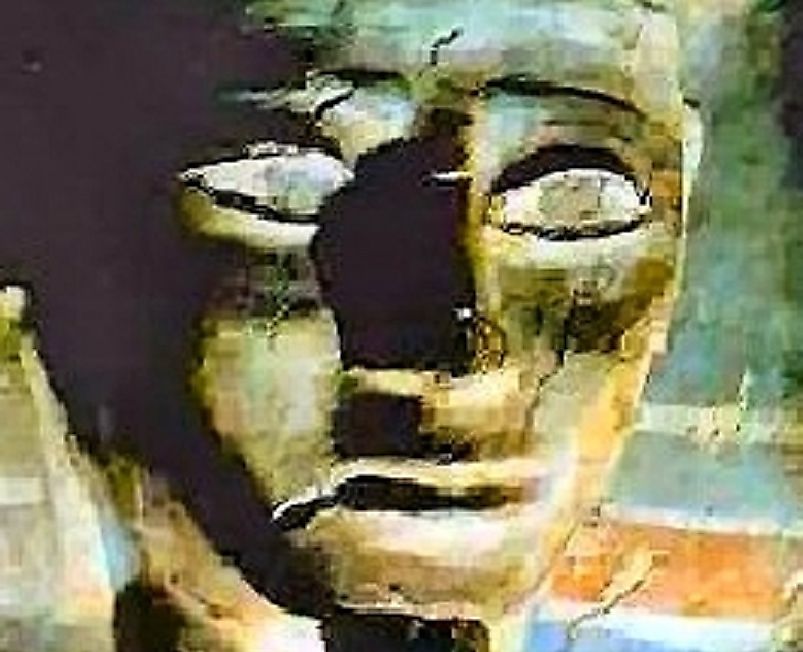The Second Intermediate Kingdom Of Ancient Egypt

5. Background and Initial Formation
The 12th Dynasty ended with the first woman pharaoh of Egypt, Sobekneferu, who reigned only for four years before her death. Although the succeeding 13th Dynasty retained the capital at El-Lisht, it couldn't match the powerful hold of its predecessor. It was ruled by the first Semitic ruler, Khendjer, who was seen as weak and unable to consolidate his power. This caused a secessionist ruling Canaanite family in Avaris to break away, and ultimately form the 14th Dynasty. The 15th Dynasty ruled Egypt from 1690 BC to 1549 BC. After the Hyksos invaded northern Egypt, they established the same 15th Dynasty, but chose to rule only Upper Egypt, as they came from the northeast, and their interests ended there.
4. Rise To Power And Accomplishments
The Hyksos Dynasty of Egypt was ruled by six kings from Avaris, but only five are known. These were Salitis, Sakir-Har, Khyan, Apophis, and Khamudi. The Hyksos rule lasted for one-hundred-and-eight years. Although the Hyksos had established their rule in Upper Egypt, the remnants of the 14th Dynasty also ruled Lower Egypt, which by now was the 16th Dynasty. The 16th Dynasty pharaohs continued to drive away the Hyksos invaders, but failed in their efforts miserably as town after town fell to their enemies. The Hyksos started an offensive to eventually claim the city of Thebes itself. Much of the defeat of the 16th Dynasty was attributed to the famine that continued to prevail in Lower Egypt.
3. Challenges and Controversies
The Second Intermediate Kingdom had three dynasties that ruled at the same time. The Abydos Dynasty was also located in Upper Egypt, although its rule had the shortest reign, the duration of which was presided over by its four kings: Wepwawetemsaf, Pantjeny, Snaaib, and Seneb Kay. As the Hyksos were sacking El-Lisht, the capital city of the 15th Dynasty in Lower Egypt, another ruling provincial house in Thebes broke away from Itj-tawny. This faction later became the 17th Dynasty. and was the driving force behind the expulsionary war against the Hyksos from Egypt. The 17th Dynasty created the impetus behind the restoration of many temples in Upper Egypt, and its last two kings prompted the push to remove all Hyksos powers out of Egypt.
2. Decline and Demise
The 17th Dynasty was ruled by nine pharaohs. Their first rulers were more interested in trading with the Red Sea merchants and mining gold than in sharing rule with the other ruling dynasties in either Upper or Lower Egypt. However, the fact that they were more interested in making money would eventually support their wars in liberating Egypt against the northern Hyksos usurpers. The final war against the Hyksos started with the last two pharaohs of this dynasty, namely Segenenre Tao and his son Wadjkheperre Kamose. The latter, Pharaoh Kamose, was the catalyst that eventually led to the regrouping of the Hyksos rule into the northern part of Egypt at Fayyum. The Hyksos would soon forever leave Egypt, and thus their expulsion ended the Hyksos-built 15th Dynasty.
1. Historical Significance and Legacy
The Second Intermediate Kingdom of Ancient Egypt was a period characterized by rulers preoccupied with making money, mining for gold, fighting the famine in Lower Egypt, and fighting off the Hyksos invaders from the north. The liberation of Egypt from the Hyksos invaders would pave the way for an era of peace that follow, allowing for the development of the art and culture that would pervade in the next dynasties to come, in which time the home-ruled New Kingdom would have total control of Egypt and all its territories. The 17th Dynasty would continue on to become the 18th dynasty, with the ascension of Pharaoh Kamose's brother, Ahmose I. It is said that the complete expulsion of the Hyksos from Egypt was not achieved until the beginning of rule under Pharaoh Ahmose I.











